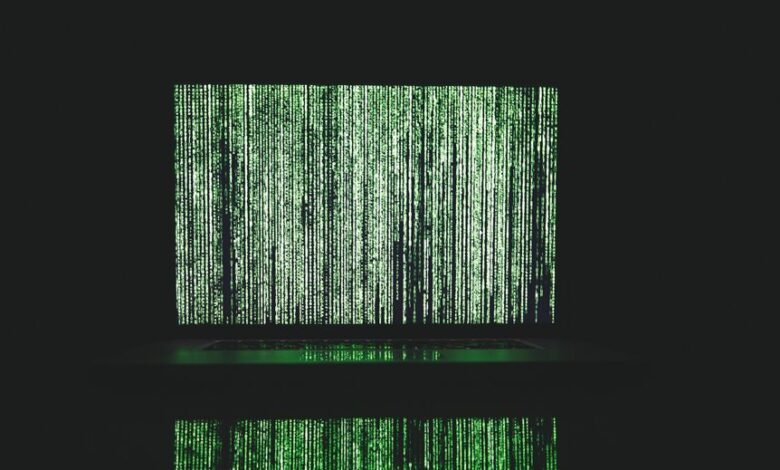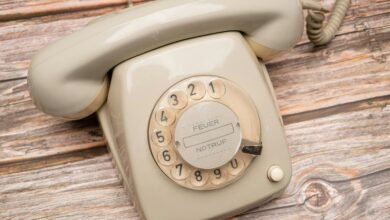Decode Unknown Contact Information 3332823662 3513354474 3895661560 3899859441 3294154848 3389144826

Decoding unknown contact information such as the numbers 3332823662, 3513354474, 3895661560, 3899859441, 3294154848, and 3389144826 requires a systematic approach. Understanding the nature of these calls is crucial for personal security. Various tools are available for identifying unknown contacts, but not all methods are equally effective. The implications of these calls can vary widely, prompting a need for cautious evaluation. What steps should one consider when faced with such uncertainty?
Understanding Unknown Numbers
When individuals receive calls from unknown numbers, they often experience a mix of curiosity and apprehension.
Understanding unknown number identification is essential for discerning legitimate contacts from potential threats. Various caller information sources, such as reverse lookup services and community databases, aid in revealing the identity behind unfamiliar numbers.
This knowledge empowers individuals to make informed decisions about answering or ignoring these calls.
Tools for Identifying Unknown Contacts
Identifying unknown contacts has become increasingly manageable with the advent of various tools designed for this purpose.
Reverse phone lookup services enable users to trace unidentified numbers, revealing caller identities and enhancing personal security.
Additionally, advanced caller ID applications provide real-time information about incoming calls, allowing individuals to make informed decisions.
These tools empower users to reclaim their autonomy in an age of pervasive communication.
Best Practices for Handling Unfamiliar Calls
Although unfamiliar calls can be unsettling, adopting effective strategies for handling them is essential for maintaining security and peace of mind.
Practicing proper caller etiquette, such as verifying the identity of the caller before sharing personal information, can mitigate privacy concerns.
It is advisable to remain calm, avoid engaging with suspicious individuals, and utilize call-blocking features when necessary to protect one’s information.
When to Report Suspicious Numbers
How can individuals discern the right moment to report suspicious numbers? Adhering to established reporting guidelines is essential.
A number should be reported when it exhibits suspicious patterns, such as repeated unsolicited calls or attempts to solicit personal information.
Prompt reporting assists authorities in tracking potential scams, ultimately contributing to a safer communication environment for all.
Awareness and vigilance are key components in this process.
Conclusion
In navigating the complexities of unknown contact information, individuals must prioritize safety and awareness. By utilizing reverse phone lookup services, they can identify potential threats while safeguarding their privacy. Adopting best practices for handling unfamiliar calls empowers them to respond judiciously. Ultimately, reporting suspicious numbers fosters a collective effort to combat unwanted communication. Thus, understanding, identifying, and managing unknown calls culminates in a more secure and informed approach to personal interactions in an increasingly connected world.





